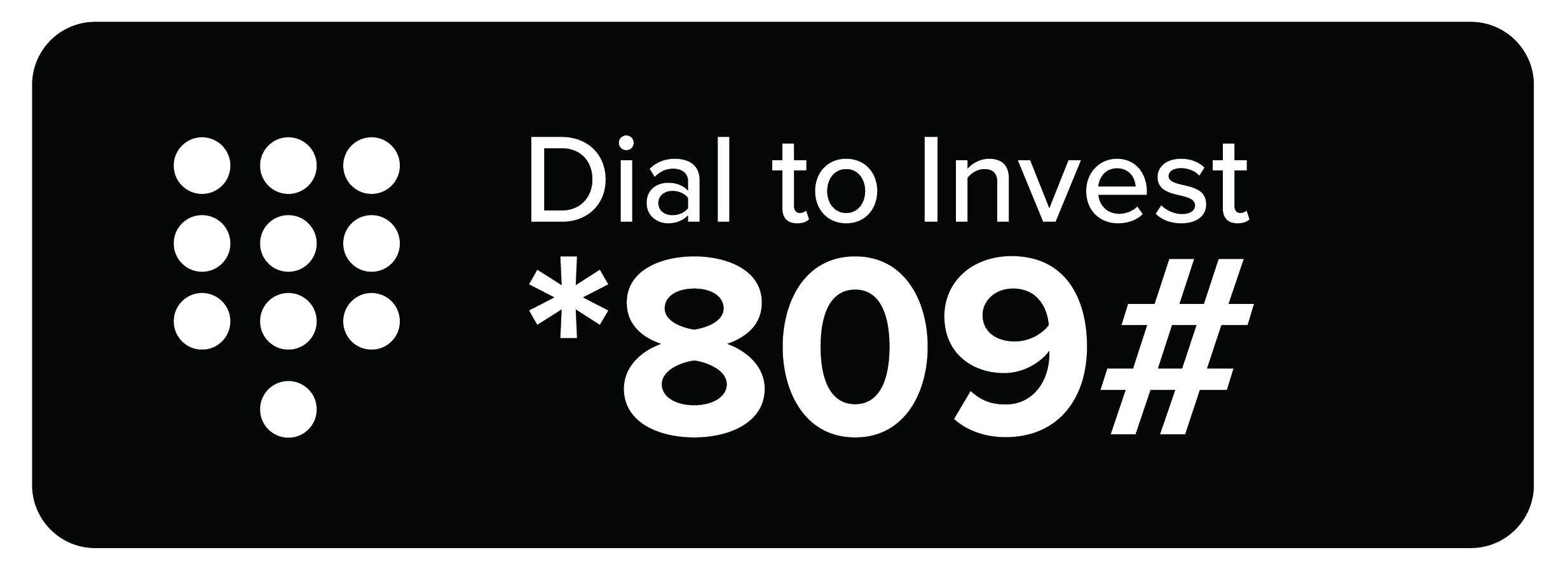In our Cytonn Report this week, we analysed the performance of Kenya’s Equities, Fixed Income and the Real Estate markets for the week ended, with a special focus on Understanding Joint Vneture Agreements in Real Estate. Below are the highlights;
-
Fixed Income:
This week, T-bills were oversubscribed for the fifth consecutive week, with the overall subscription rate coming in at 255.9%, higher than the subscription rate of 229.6% recorded the previous week. Investors’ preference for the shorter 91-day paper persisted, with the paper receiving bids worth Kshs 7.9 bn against the offered Kshs 4.0 bn, translating to a subscription rate of 197.9%, significantly lower than the oversubscription rate of 480.0%, recorded the previous week. The subscription rates for the 182-day increased to 104.9% from the 97.7% recorded the previous week, while the 364-day papers increased to 430.0% from the 261.3% respectively recorded the previous week. The government accepted a total of Kshs 57.4 bn worth of bids out of Kshs 61.4 bn bids received, translating to an acceptance rate of 93.5%. The yields on the government papers were on a downward trajectory with the yields on the 182-day paper decreasing the most by 2.1 bps to 8.54% from the 8.56% recorded the previous week, while the yields on the 91-day and 364-day papers decreased by 1.1 bps and 0.2 bps to 8.28% and 10.00%, from the 8.29% and 10.00% recorded the previous week
During the week, Stanbic Bank released its monthly Purchasing Manager's Index (PMI) highlighting that the index for the month of May 2025 deteriorated to negative territory, coming in at 49.6, down from 52.0 in March 2025, signaling worsening in business conditions, mainly attributable to decreased output and new orders. This marked the first time in eight months the index fell below the 50.0 neutral mark.
In Q1’2025, Kenya’s Unit Trust Funds (UTFs) industry recorded strong growth, with Assets Under Management (AUM) increasing by 27.5% quarter-on-quarter to Kshs 496.2 bn, up from Kshs 389.2 bn in Q4’2024, and representing a 120.2% year-on-year growth. This growth was driven by low investment minimums, rising investor awareness, fintech adoption, and competitive returns, particularly from Money Market Funds (MMFs), which comprised 64.4% of the industry’s AUM. Sanlam Money Market Fund surpassed CIC Money Market Fund to become the largest unit trust by AUM in Kenya with an 18.2% market share, signaling a shift in investor preference and competitive positioning within the industry. For more read our Q1’2025 Unit Trust Fund Performance note
We are projecting that the MPC will maintain the Central Bank Rate (CBR) at 10.00% to allow more time for recent policy measures to take effect. While global economies are easing or holding rates steady, the MPC is likely to adopt a cautious stance to allow the Central Bank of Kenya (CBK) to monitor economic developments of its monetary policy measures before making further adjustments, supported by the stability of the Kenyan Shilling and strong foreign reserves. For more read our Monetary Policy Committee (MPC) Meeting note
-
Equities:
During the week, the equities market was on an upward trajectory, with NSE 10 gaining the most by 1.7% while NSE 25, NSE 20 and NASI gained by 1.4%, 1.3% and 0.9% respectively, taking the YTD performance to gains of 8.1%, 7.5%, 3.7% and 3.3% for NASI, NSE 20, NSE 25 and NSE 10. The equities market performance was driven by gains recorded by large-cap stocks such as Equity, KCB and Safaricom of 4.4%, 3.0% and 2.2%, respectively. The performance was however weighed down by losses recorded by large cap stock such as Absa of 0.8%;
Additionally, in the regional equities market, the East African Exchanges 20 (EAE 20) share index lost by 0.5% to 100.1 from 100.6 recorded the previous week, attributable to losses recorded by large cap stocks such as the Tanga Cement Company, Airtel Uganda and Absa Bank Kenya of 6.6%, 5.2% and 1.1% respectively. The performance was however supported by gains recorded by large cap stocks such as Bank of Equity Group, KCB Group and NMB Bank of 2.3%, 2.1% and 2.0% respectively;
-
Real Estate:
During the week, Kenya’s Affordable Housing Levy, introduced to fund low-cost housing and address the country’s housing deficit, is at the center of controversy following revelations that the government plans to redirect these funds to construct schools, markets, police posts, and hospitals. This shift, outlined in proposed regulations, has sparked concerns about transparency and the potential misuse of funds intended for affordable housing, raising questions about the government’s commitment to its original promise to Kenyan workers.
On the Unquoted Securities Platform, Acorn D-REIT and I-REIT traded at Kshs 26.7 and Kshs 22.9 per unit, respectively, as per the last updated data on 23rd May 2025. The performance represented a 33.4% and 14.5% gain for the D-REIT and I-REIT, respectively, from the Kshs 20.0 inception price. Additionally, ILAM Fahari I-REIT traded at Kshs 11.0 per share as of 23rd May 2025, representing a 45.0% loss from the Kshs 20.0 inception price. The volume traded to date came in at 1.2 mn shares for the I-REIT, with a turnover of Kshs 1.5 mn since inception in November 2015.
-
Focus of the Week:
Kenya’s vibrant economy, strategic position as East Africa’s economic hub, and investor-friendly policies make it an attractive destination for businesses seeking growth through collaboration. Joint ventures (JVs) have emerged as a powerful strategy for local and international companies to pool resources, share risks, and tap into new markets. Whether in real estate, infrastructure, technology, or manufacturing, JVs enable businesses to leverage complementary strengths while navigating Kenya’s dynamic business landscape. This article provides an in-depth exploration of joint ventures in Kenya, covering their types, legal frameworks, benefits, risks, recent developments, and best practices for success;
Click the link below to read the Cytonn Weekly report:




